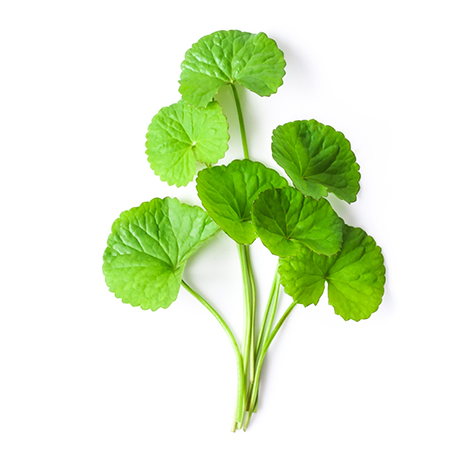Ayurveda and Science
Ketaki/केतकी/Costus peciosus/Crepe Ginger/Kemukha
AYURVEDIC & MEDICINAL PLANTS

Hindi Name: Ketaki
Sanskrit Name: Kemukha
English Name: Crepe Ginger
Latin Name: Costus speciosus (Koeing) Sm.
A perennial shrub with brilliant red coloured flowers cultivated in gardens as ornamental plant and also found growing in fallow lands.
Costus Speciosus Medicinal Uses
Kemukha is primarily used by Ayurveda in the treatment of disturbances in lipid metabolism like obesity, hyperlipidaemia. It is also considered useful in the management of diabetes. It is thought to cause contraction in the uterine muscles. Therefore, has also been used to correct irregular menstruation and during parturition.
Chemical Composition
Tubers has a large amount of starch. Diosgenin and tigogenin have been isolated from the rhizome.
Effect on
Doshas
Balances kapha and pitta.
Read more about various ailments, it's causes, symptoms, ayurvedic treatments, etc.
Explore More















